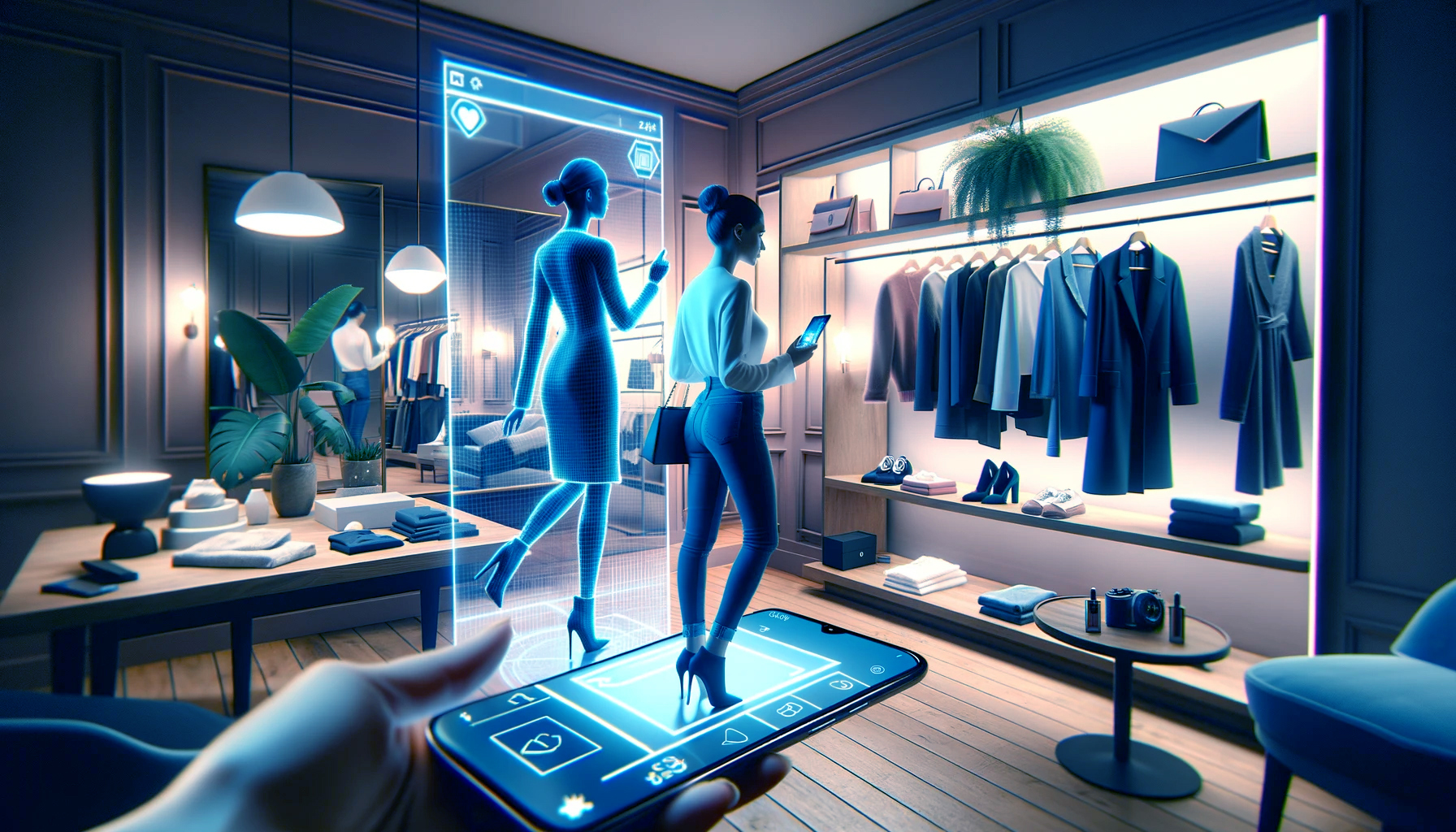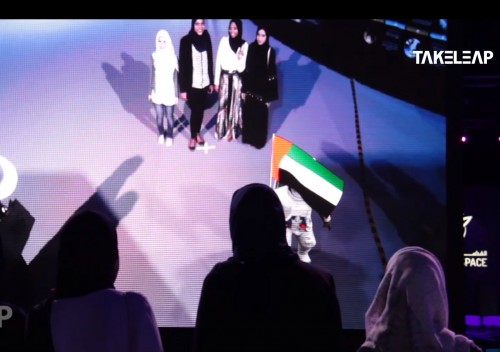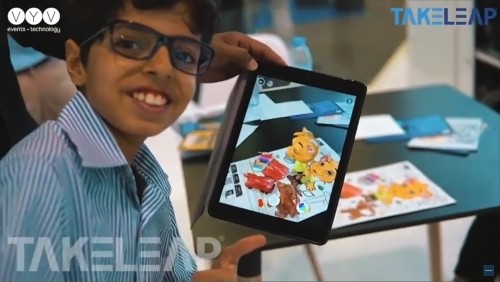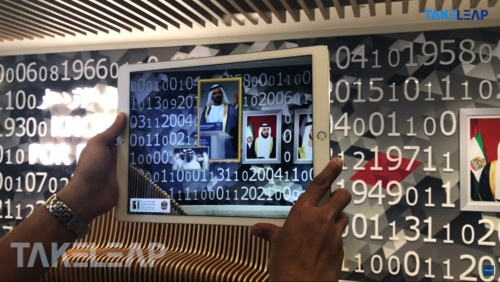The Revolution of Augmented Reality in Retail: Enhancing the Shopping Experience

Virtual Try-Ons: Bridging the Gap Between Online and In-Store Shopping
One of the most compelling applications of AR in retail is virtual try-ons. This technology allows customers to visualize how clothing, accessories, or even makeup will look on them without physically trying the items on. Brands like Sephora and Warby Parker have pioneered this approach, offering AR mirrors and apps that simulate how products appear on the user. This innovation not only enhances convenience but also reduces return rates and boosts consumer confidence in their purchases.
Enhanced Product Visualization: Making Online Shopping More Tangible
AR transforms online shopping by enabling consumers to see products in their own environment before making a purchase. For example, furniture retailers like IKEA and Wayfair use AR to let customers visualize how a piece of furniture will look in their living space. By overlaying digital images of products onto real-world settings through a smartphone or tablet, AR helps consumers make more informed decisions, ultimately improving satisfaction and reducing the likelihood of returns.
Interactive In-Store Experiences: Engaging Shoppers in New Ways
In physical stores, AR can create interactive and engaging shopping experiences that go beyond traditional displays. Retailers are using AR to create in-store scavenger hunts, virtual product demonstrations, and interactive signage that provide additional information and promotions. For instance, Lowe’s has implemented an AR navigation app to guide customers through their stores, enhancing the shopping experience and increasing the likelihood of finding and purchasing desired items.
Personalized Marketing and Recommendations: Tailoring the Shopping Journey
AR also plays a significant role in personalized marketing by offering customized recommendations based on user preferences and behaviours. By analyzing data and using AR to showcase relevant products in a personalized way, retailers can create a more targeted and engaging shopping experience. For example, an AR app might suggest accessories that complement a user’s chosen outfit or highlight special offers based on past purchase history.
Training and Customer Support: Enhancing Retail Operations
Beyond enhancing the shopping experience, AR is also improving retail operations through training and customer support. AR can be used to train staff more effectively by simulating real-life scenarios and providing interactive tutorials. Additionally, AR-powered customer support tools can guide customers through troubleshooting processes or provide detailed product information, making it easier for both employees and consumers to resolve issues and make informed decisions.
Conclusion
Augmented Reality is reshaping the retail industry by creating more interactive, personalized, and engaging shopping experiences. From virtual try-ons and enhanced product visualization to interactive in-store experiences and personalized marketing, AR is proving to be a valuable tool for both consumers and retailers. As technology continues to advance, we can expect AR to play an even more integral role in the retail landscape, driving innovation and enhancing the way we shop. The future of retail is here, and it’s augmented in every sense of the word.







 Call
Call
 Mail
Mail